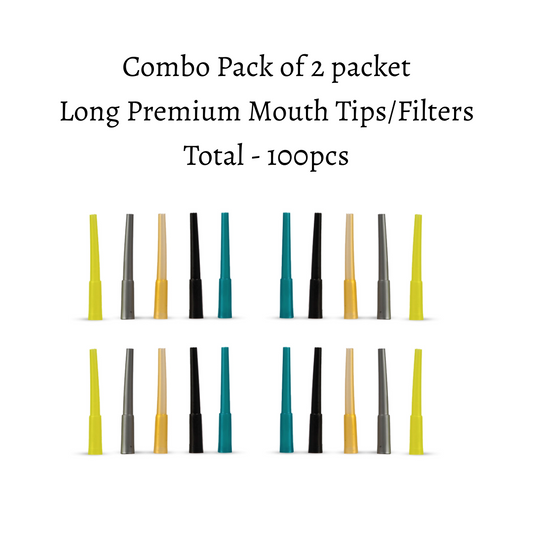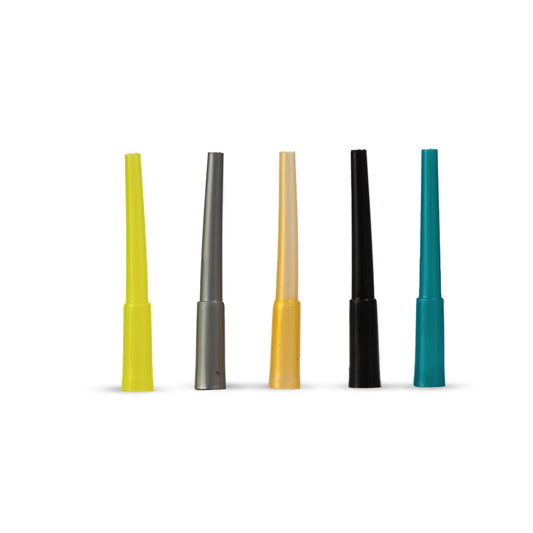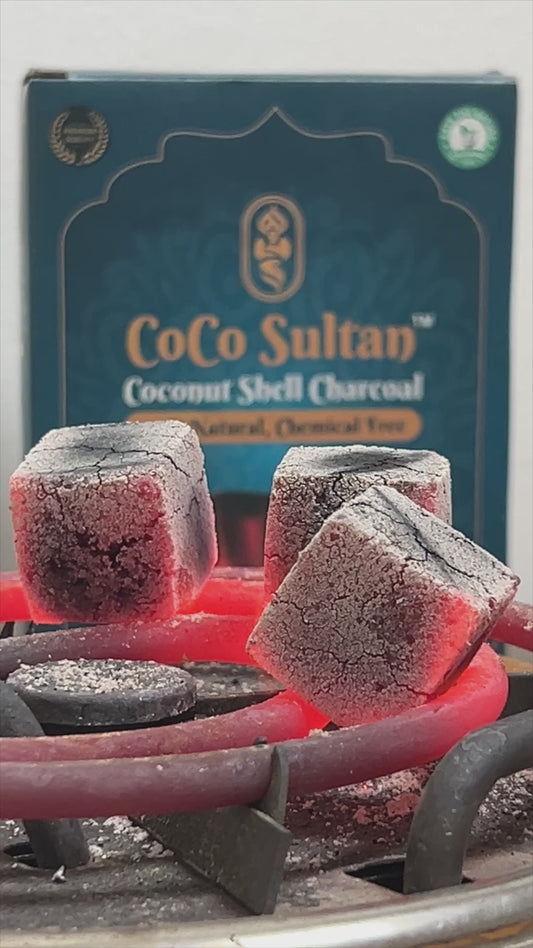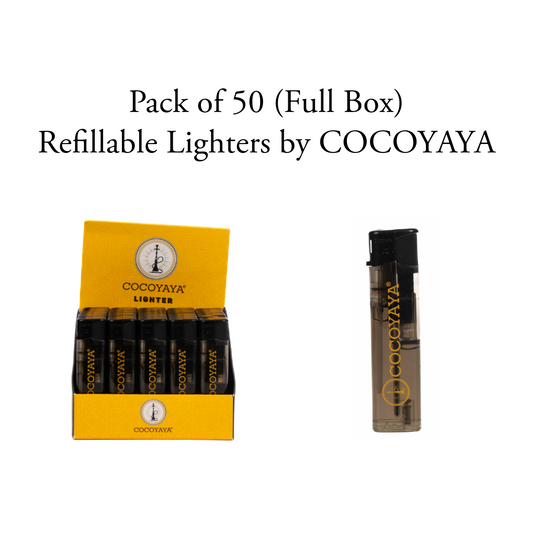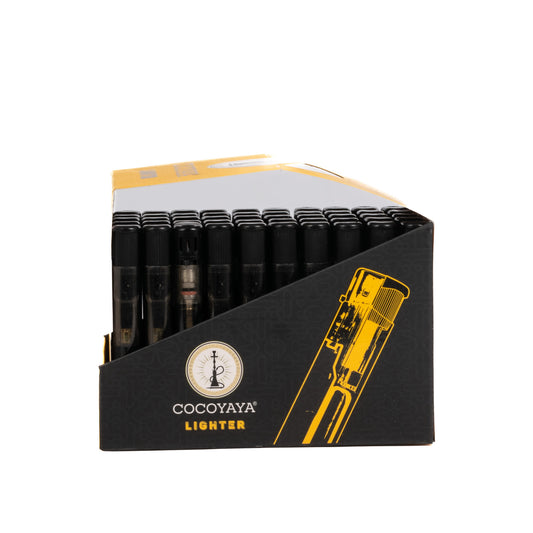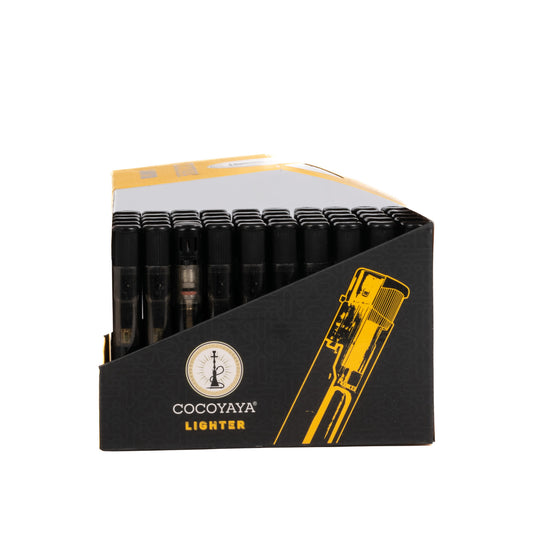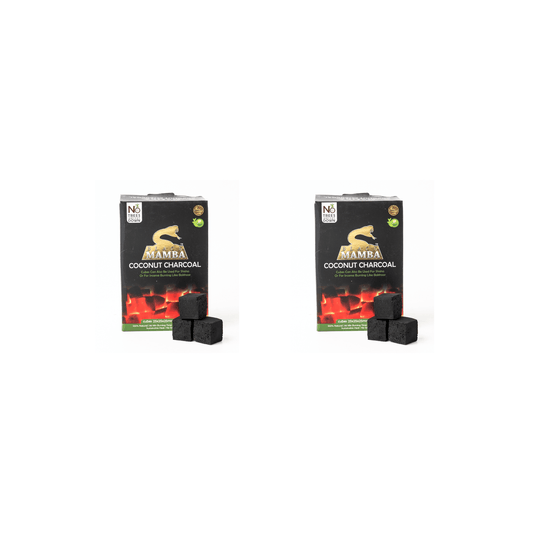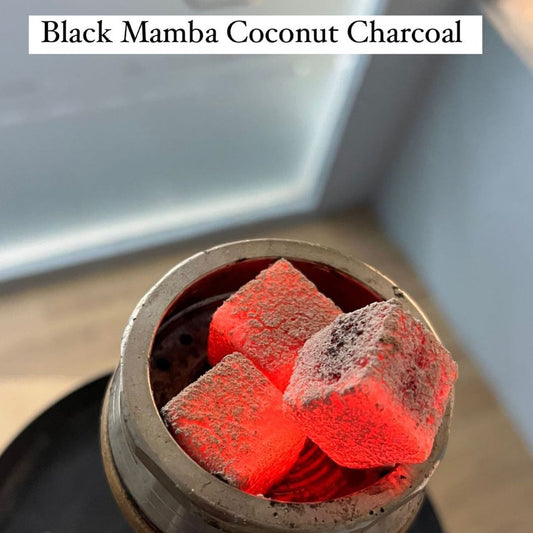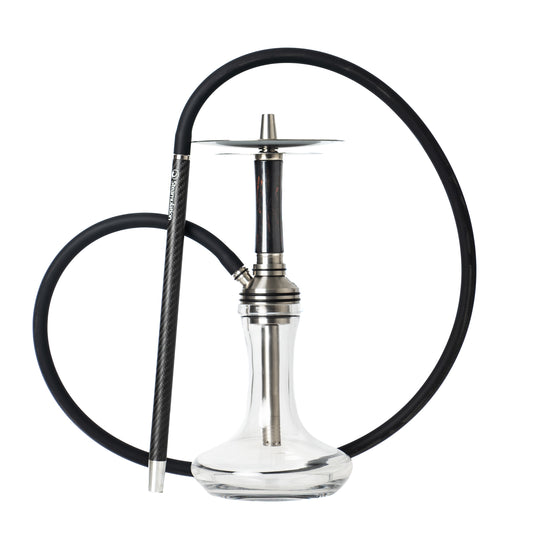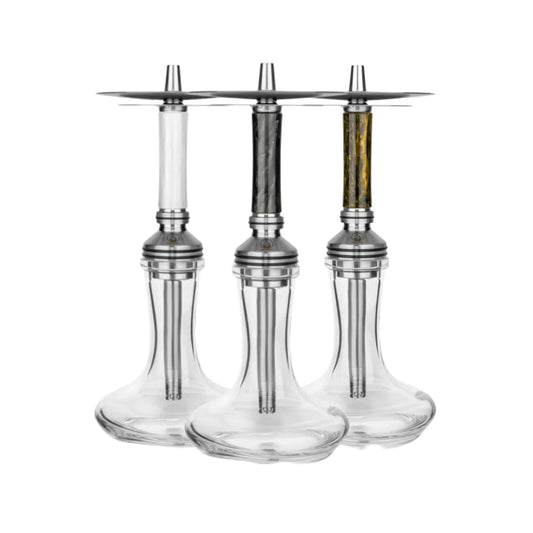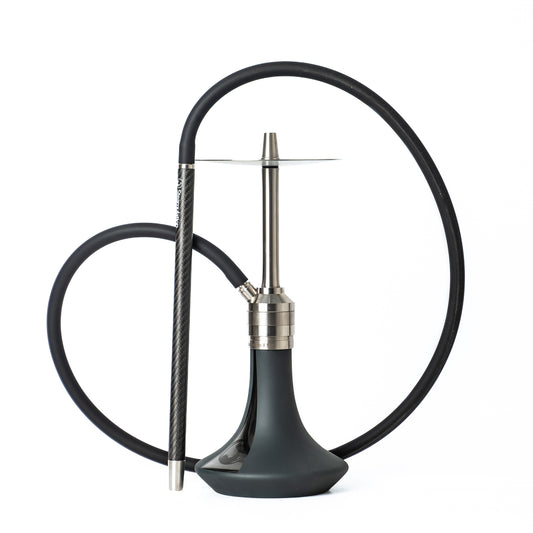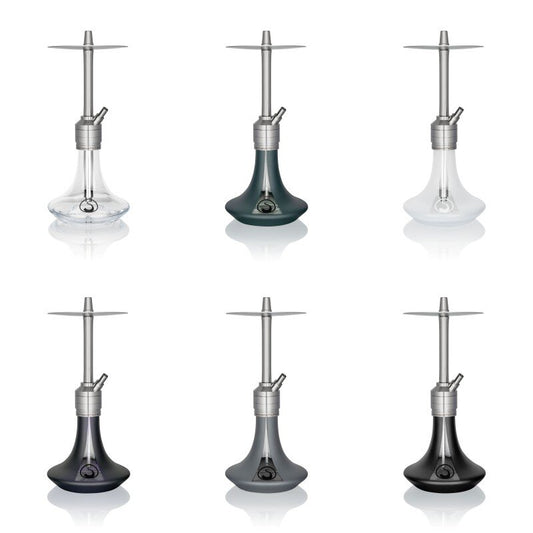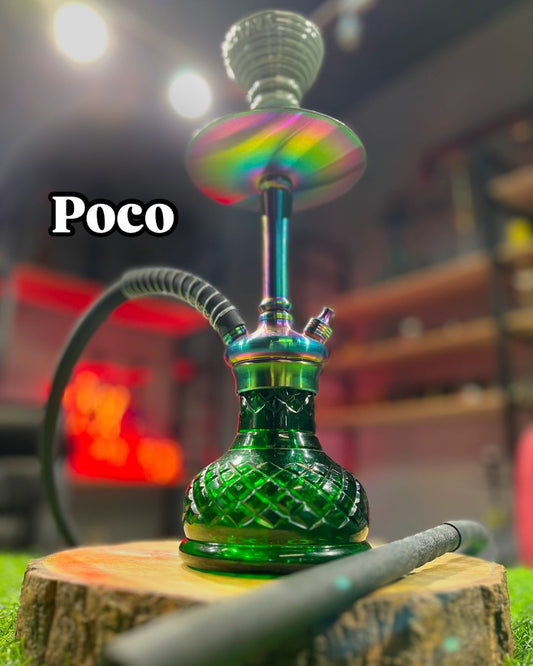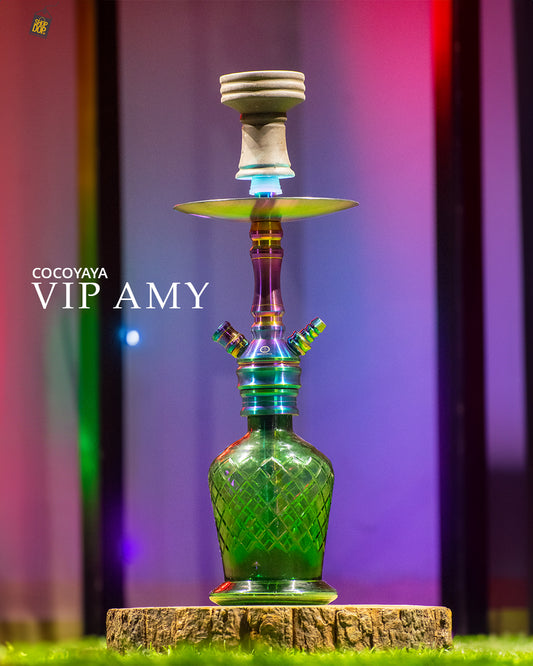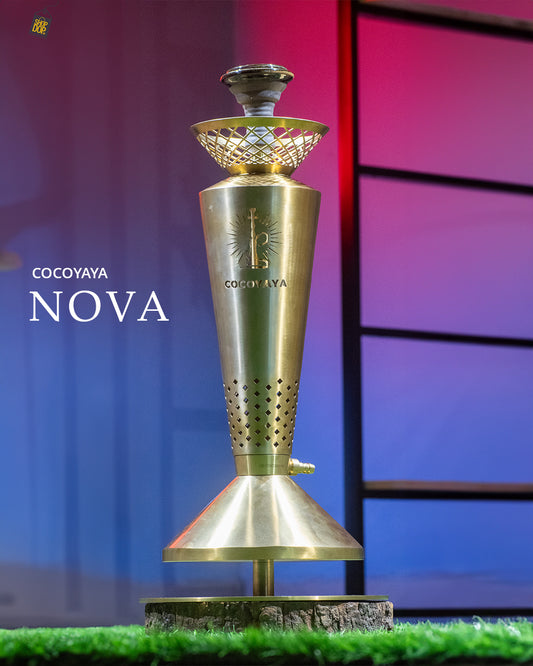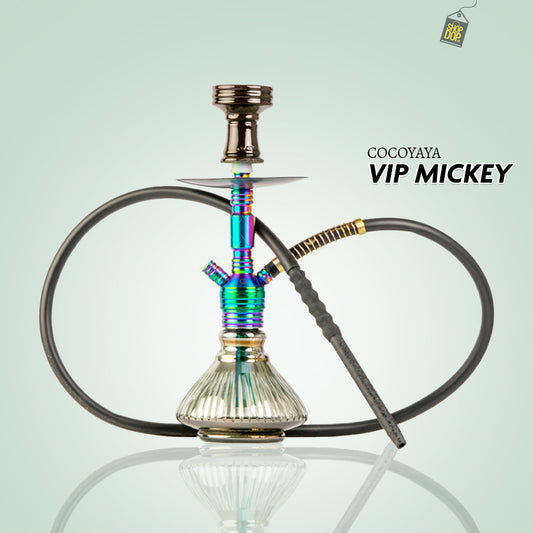The Regulatory Maze: Why Hookah Lounges Navigate Tighter Restrictions
Share
Hookah Lounges vs. Traditional Bars: The Regulatory Rift
Across various locales, hookah lounges and bars often face more stringent regulations compared to their counterparts - regular bars or designated smoking areas. But why is this the case? Let's unpack the factors behind this regulatory divergence.
Perceived Health Risks
Hookah, despite its cultural roots, has been at the center of numerous health debates. Due to the prolonged exposure during a typical session, concerns arise regarding the cumulative exposure to harmful substances. This perception sometimes drives stricter regulations for establishments offering hookah services.
Second-hand Smoke Concerns
While all forms of smoking pose second-hand smoke risks, the communal nature of hookah, combined with the dense smoke it produces, can amplify these concerns. Regulators might impose stricter ventilation requirements or limit the density of hookah establishments in certain areas due to these concerns.
Cultural Misunderstandings
In places where hookah isn't traditionally consumed, there can be a lack of understanding or misconceptions about its use. These cultural gaps sometimes lead to a cautious approach by regulatory bodies, resulting in tighter restrictions on hookah lounges.
Fire Safety Issues
The use of burning coals in hookah poses unique fire safety challenges, which aren't typically a concern in regular bars or cigarette smoking areas. Establishments might need to adhere to more stringent fire safety regulations to accommodate this aspect.
Conclusion
The disparity in regulations between hookah lounges and traditional bars or smoking areas is a complex interplay of health, safety, and cultural factors. As the global landscape evolves and as more research emerges, these regulations might undergo changes, reflecting a deeper understanding of hookah and its cultural significance.













